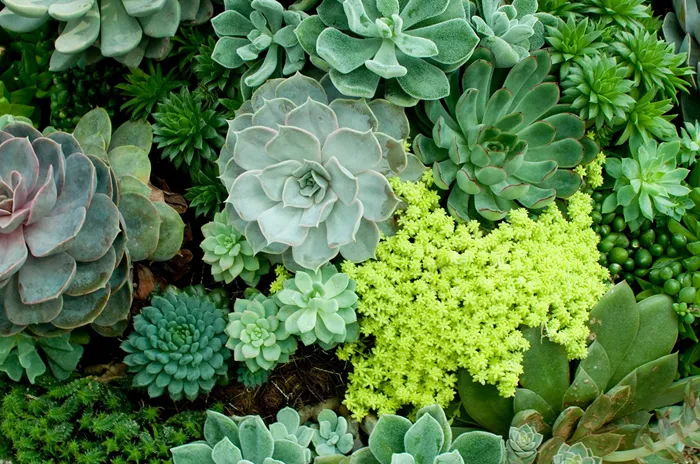Cactus succulents are popular for their unique shapes and low maintenance needs. However, understanding their watering requirements is crucial to keep them healthy. Overwatering is a common mistake that can lead to root rot and other issues. This guide will help you learn how often to water your cactus succulents and how to care for them properly.
Understanding Cactus Succulents
Cactus succulents are plants that store water in their stems and leaves. They are adapted to survive in arid environments with minimal rainfall. This adaptation means they require less frequent watering compared to other houseplants. However, the exact watering frequency depends on various factors, including the plant’s environment and the time of year.
General Watering Guidelines
The key to watering cactus succulents is to let the soil dry out completely between waterings. Overwatering can lead to root rot, while underwatering can cause the plant to shrivel. Here are some general guidelines:
Spring and Summer (Growing Season): Water every 10 to 14 days.
Fall and Winter (Dormant Season): Water once every 4 to 6 weeks.
Always check the soil moisture before watering. Insert your finger about an inch into the soil; if it feels dry, it’s time to water. If it feels damp, wait a few more days.
Factors Affecting Watering Frequency
Several factors influence how often you should water your cactus succulents:
1. Environment
Indoor vs. Outdoor: Outdoor plants may require more frequent watering due to exposure to sun and wind. Indoor plants, especially in air-conditioned environments, may need less frequent watering.
Humidity: In humid climates, the soil retains moisture longer, reducing the need for frequent watering. In dry climates, the soil dries out faster.
2. Pot Size and Material
Size: Smaller pots dry out faster than larger ones.
Material: Clay pots are porous and allow moisture to evaporate, leading to quicker drying. Plastic pots retain moisture longer.
3. Soil Type
Use well-draining soil specifically designed for cacti and succulents. Regular potting soil retains too much moisture, increasing the risk of root rot.
Signs of Overwatering and Underwatering
Overwatering:
Yellowing, translucent leaves
Soft, mushy stems
Black spots on leaves or stem
Fungus or mold growth on soil
Underwatering:
Wrinkled, shriveled leaves
Dry, crispy leaf tips
Slow growth or dormancy
Leaves falling off easily
Proper Watering Techniques
Soak and Dry Method: Water the soil thoroughly until water drains out of the bottom. Allow the soil to dry completely before the next watering.
Avoid Misting: Misting can promote fungal growth and rot. Water directly at the base of the plant.
Water Early in the Day: This allows excess moisture to evaporate, reducing the risk of fungal diseases.
Seasonal Watering Adjustments
Spring and Summer:
During the growing season, cactus succulents require more water. Water every 7 to 10 days, depending on the plant’s environment and size.
Fall and Winter:
In the dormant season, reduce watering to once every 3 to 4 weeks. Some cacti may not need any water during dormancy, especially if kept in cooler temperatures.
Tips for Healthy Cactus Succulents
Use Pots with Drainage Holes: This prevents water from accumulating at the bottom, reducing the risk of root rot.
Rotate Your Plants: Rotating your plants ensures even exposure to sunlight, promoting balanced growth.
Fertilize Sparingly: Use a cactus-specific fertilizer during the growing season, but avoid over-fertilizing.
Monitor for Pests: Regularly inspect your plants for signs of pests like mealybugs and treat infestations promptly.
Conclusion
Watering cactus succulents requires a balance between providing enough moisture and preventing overwatering. By understanding your plant’s needs and adjusting your watering schedule accordingly, you can ensure your cactus succulents thrive. Always remember to check the soil moisture before watering and adjust based on the season and environmental conditions.
Related Topics:


